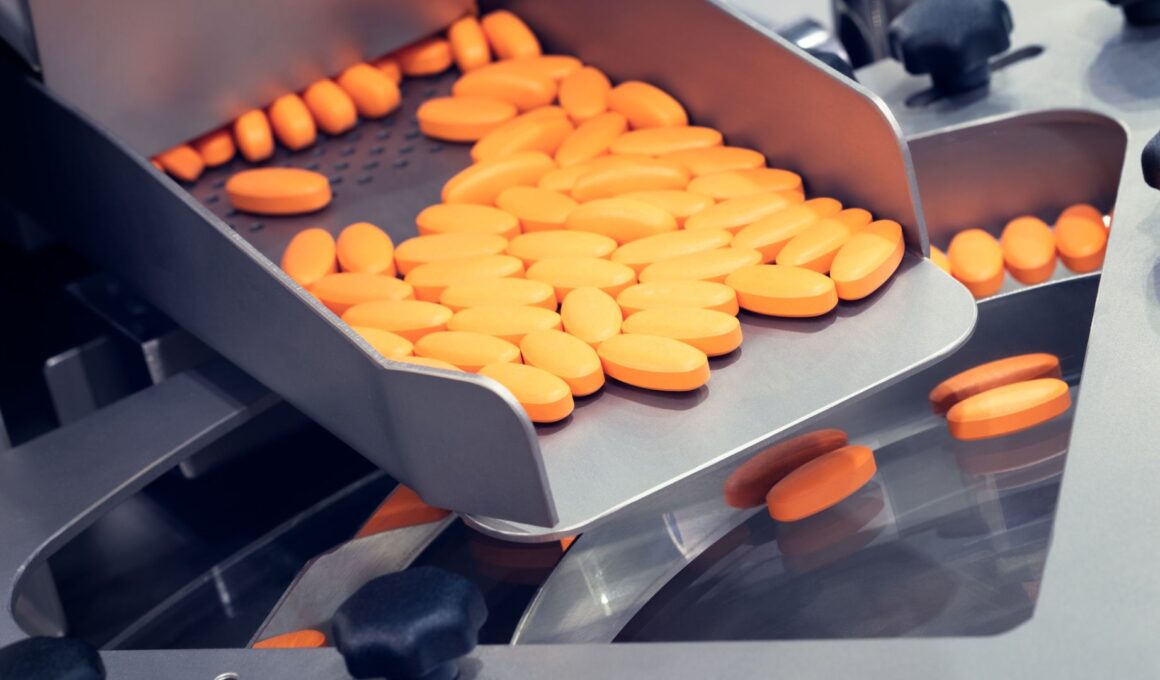Enhancing Efficiency and Quality through Robotics in Tablet Manufacturing
In the ever-evolving landscape of pharmaceutical manufacturing, the integration of cutting-edge technologies is redefining industry norms. Among these innovations, robotics in tablet manufacturing processes has emerged as a game-changer.
The Rise of Robotics in Tablet Manufacturing: In the traditional realm of pharmaceutical tablet manufacturing, labor-intensive processes were the norm, often posing challenges related to accuracy, consistency, and efficiency. The emergence of robotics has ushered in a new era of automation, enabling manufacturers to overcome these challenges and elevate their operations to unprecedented levels of excellence.
Advantages of Robotic Integration: The incorporation of robotics in tablet manufacturing bestows numerous advantages, catalyzing operational efficiency and product quality:
- Precision and Consistency: Robotics eliminates the variability tied to manual processes, ensuring uniformity in tablet weight, size, and dosage.
- Heightened Efficiency: Robots operate tirelessly, significantly boosting production rates while maintaining accuracy, resulting in shorter cycles and optimized resource utilization.
- Minimized Human Interaction: Reduced human involvement mitigates contamination and errors, aligning with stringent regulatory cleanliness and sterility standards.
- Flexibility and Scalability: Robotic systems adapt readily to diverse tablet formulations and sizes, enabling manufacturers to swiftly respond to shifting market demands.
- Data-driven Insights: Robotics in manufacturing often incorporate data collection and analysis capabilities, offering valuable insights for continuous process enhancement.
Technical Aspects of Robotic Integration: The seamless integration of robotics into tablet manufacturing involves essential technical considerations:
- End-of-Arm Tooling (EOAT): EOATs are robotic attachments responsible for tasks such as tablet picking, placing, and handling. The design of adaptable EOATs accommodating varied tablet shapes and sizes is pivotal for process flexibility.
- Vision Systems: Vision systems comprising cameras and sensors enable robots to precisely locate and identify tablets. This technology ensures tablets are positioned accurately for processing.
- Robot Programming: Robot programming entails defining movements, actions, and sequences. A comprehensive understanding of tablet manufacturing processes is vital for optimal efficiency and precision in programming.
- Safety Considerations: Collaborative robots (cobots) coexist with human operators. Ensuring their safe interaction involves implementing features like sensors, emergency stop buttons, and restricted work zones.
- Validation and Compliance: Given the pharmaceutical industry’s rigorous regulatory standards, validating robotic systems for consistent compliance is crucial. Comprehensive documentation of validation processes is essential for regulatory alignment.
Case Study:
Robotic Tablet Coating System: A notable instance of robotics’ impact is the integration of robotic systems in tablet coating processes. Traditional tablet coating often suffered from inconsistencies. Robotic systems meticulously position tablets for coating, guaranteeing uniform distribution and reduced wastage.
Looking Ahead: The integration of robotics in tablet manufacturing is set to reshape the pharmaceutical landscape. As technology evolves, advancements like machine learning and artificial intelligence will refine robotic systems further, enhancing adaptability, efficiency, and analytical capabilities. Manufacturers and pharmaceutical machine designers must continue to collaborate, fostering innovation to redefine the standards of quality and efficiency.
The strategic utilization of robotics in tablet manufacturing is a monumental leap for the pharmaceutical sector. By harnessing precision, efficiency, and data-driven insights, manufacturers can optimize operations, ensuring the production of high-quality tablets that meet the evolving needs of patients and regulatory authorities. The integration of robotics in tablet manufacturing is a transformative trend, poised to drive the industry forward into a new era of excellence.







